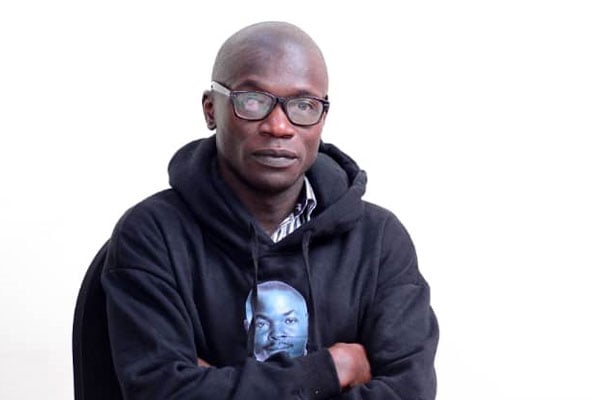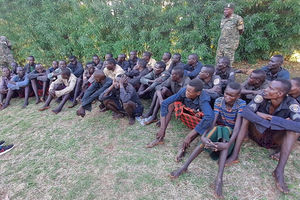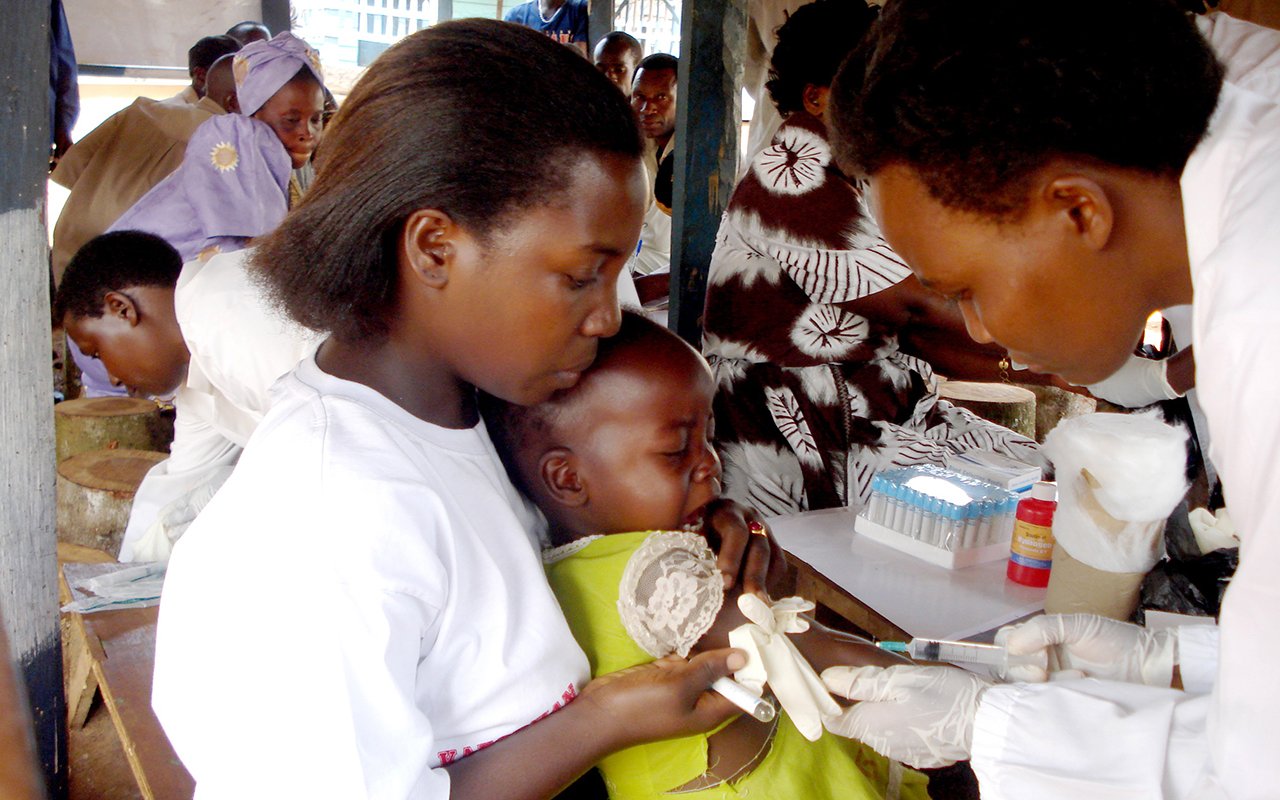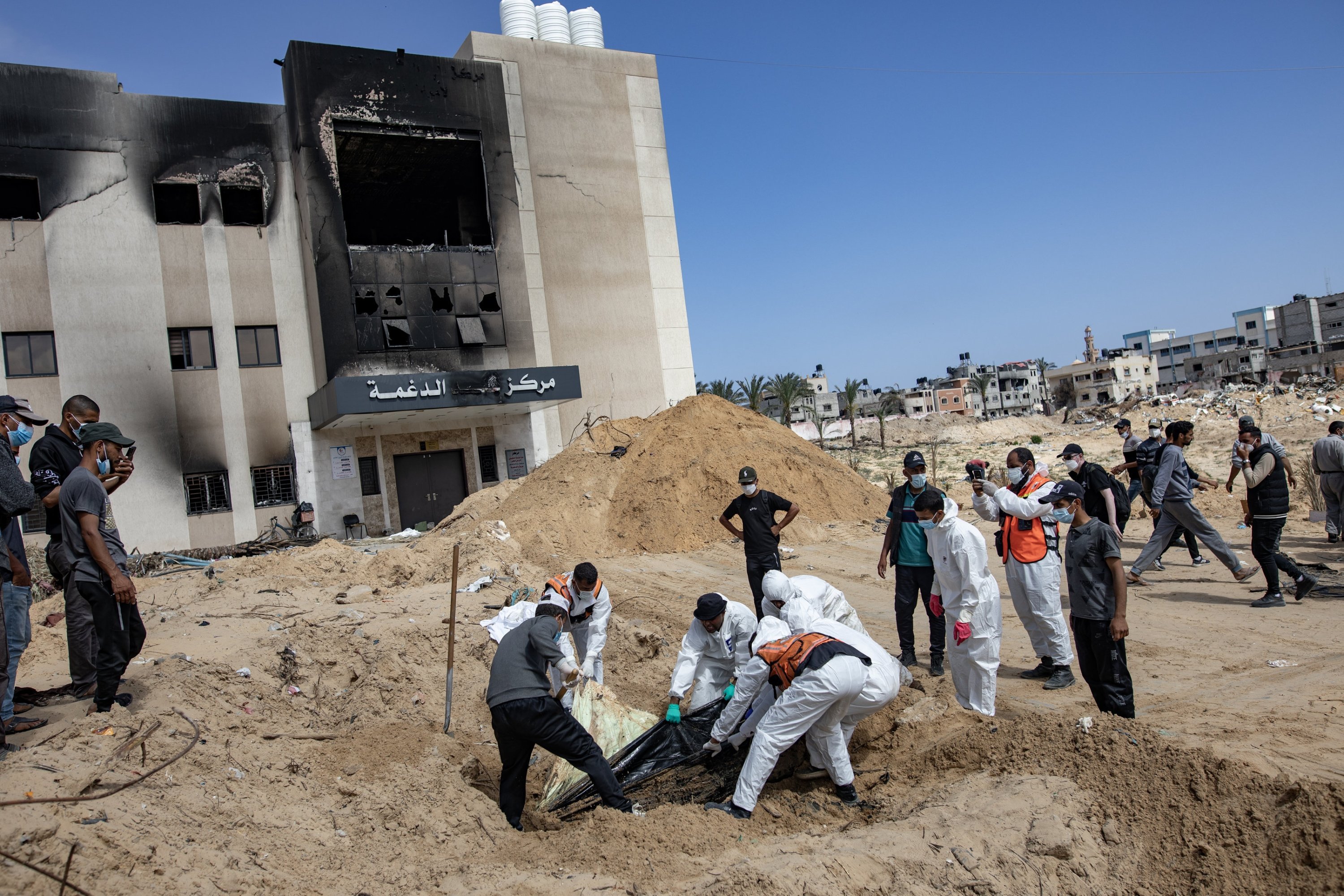Prime
Kenya, Uganda walk down same democratic path, one far ahead of the other
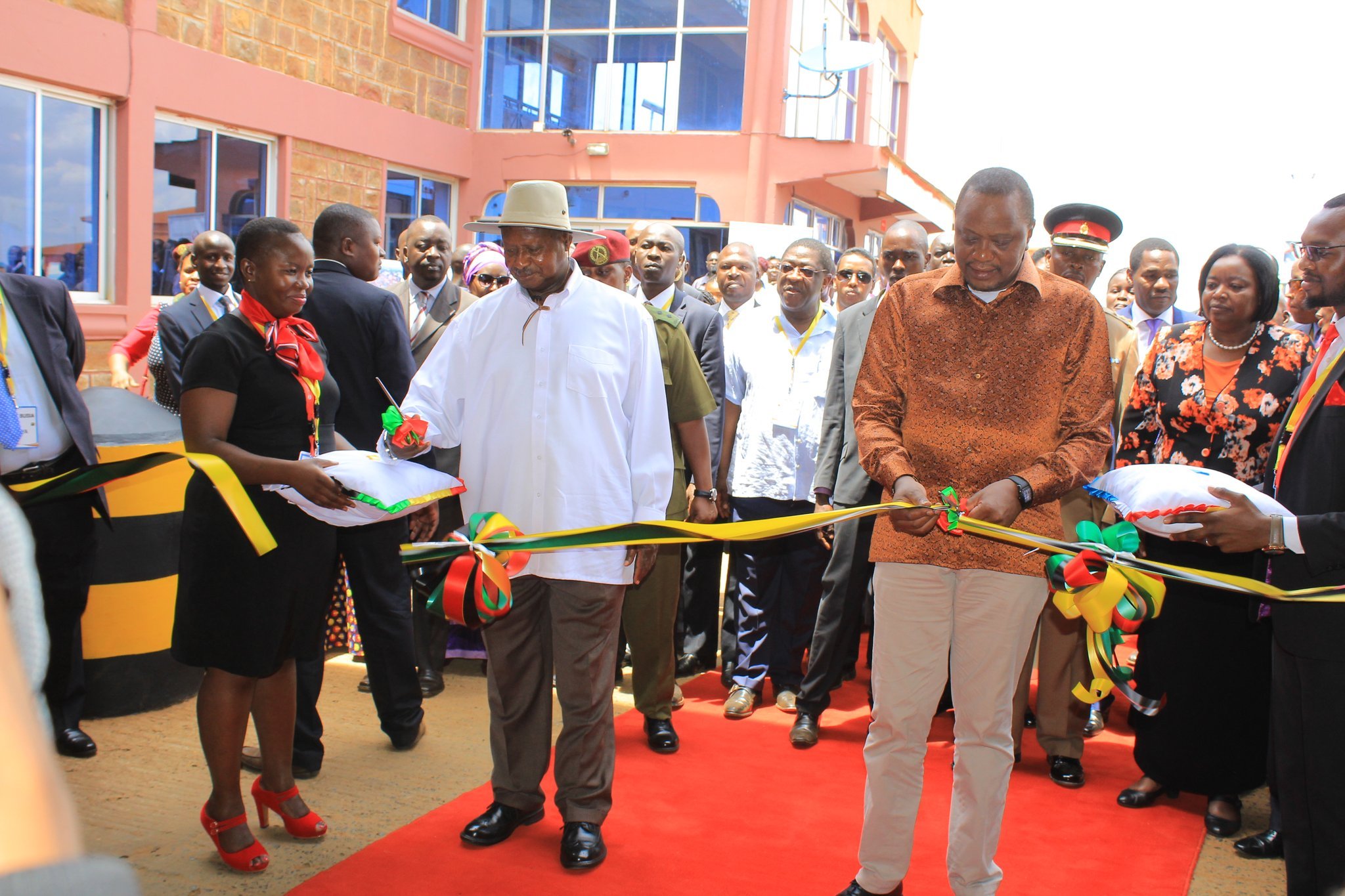
President Museveni (left) and his Kenyan counterpart Uhuru Kenyatta commission the Busia One Stop Border Post in 2018. PHOTOS / FILE
What you need to know:
- Tensions are still high in Kenya after Mr Raila Odinga once again rejected the presidential election results in which Mr William Ruto, his former ally, was announced victor with a slim margin. Despite having a flawed democracy, Kenya still is the standard bearer for the region, writes Derrick Kiyonga.
When temperatures started to go through the roof as Kenya’s Independent Electoral and Boundaries Commission (IEBC) was still examining the results of last week’s fiercely contested presidential elections that pitted outgoing vice president William Ruto against former prime minister Raila Amolo Odinga, US Secretary of State Antony Blinken issued a statement that was indicative of how Kenya is viewed in the Global North.
“I discussed with president Uhuru Kenyatta [during] my recent trip to Africa the importance of Kenyan elections as a model for the continent. We encourage peace and patience as the vote tallying continues from the August 9 elections,” Blinken said.
Though four of the seven IEBC commissioners – Juliana Cherera, Francis Wanderi, Irene Masit, and Justus Nyang’aya – distanced themselves from the results on grounds that they were tabulated in an opaque manner, chairperson Wafula Chebukati went ahead to declare Ruto as the fifth president of Kenya, having edged Odinga with a difference of only 233,211 votes.
Though for decades Odinga has been a mainstay in opposition politics, the decision to ally with outgoing president Uhuru Kenyatta presented him as the establishment candidate while Ruto cast himself as an outsider – with many having doubts if IEBC could declare Ruto winner against the wishes of Kenyatta, the incumbent.
“Though Ruto has presented himself as the opposition candidate, he has been enjoying powers of the incumbency because he has been deputy president, but by Odinga embracing Kenyatta it meant he had to take all the baggage that comes with incumbency,” Solomon Asiimwe, a lecturer of International Relations at Nkumba University, said.
To others, Ruto’s assent to power signifies the steps Kenya, which has the biggest economy in the Great Lakes region, has taken in pursuit of democracy.
“It’s not every day that the electoral body announces results that are not in favour of the incumbent,” said Mr Mwambutsya Ndebesa, political-historian at Makerere University. “I’m impressed. Among many actions I’m impressed with is that the winning candidate has promised to work with his competitors – the opposition and not to eliminate them.”
Odinga has since rejected Chebukati’s results, insisting that he is going to court.
“Our budding democracy yesterday suffered a major setback. Our constitution is very clear on how IEBC should carry out its role. What we saw yesterday was a blatant disregard of the law by Mr Wafula Chebukati and the minority commission,” Odinga dismissed the results during a press conference on Tuesday.
“The figures announced by Mr Chebukati are null and void and must be quashed by a court of law. In our view, there is neither a legally and validly declared winner nor a president-elect.”
Wobbly democracy
Putting together a semblance of a rather wobbly democratic state has not been easy because when Kenya attained its independence in 1963, Kenya African National Union (KANU) under the leadership of Jomo Kenyatta, father of outgoing president Uhuru Kenyatta, who was a member of the Kikuyu ethnic group, took the mantle as the new republic’s first president.
Henceforth, the Kikuyus took on a central presence within the public administration and the armed forces during his presidency.
In 1969, following a wave of demonstrations triggered by the assassination of Tom Mboya, one of the leaders of the Luo ethnic group, Kenyatta banned the only opposition party then in existence, the Kenya People’s Union (KPU).
All of its leaders were arrested, including the party leader, Oginga Odinga, the father of Raila Odinga, who spent 15 months in prison.
When Kenyatta passed on in 1978, Kenya’s vice president Daniel arap Moi became president, promising to follow in the nyayos (footsteps) of Kenyatta and attack the problems created by tribalism, corruption, and unemployment among young people.
The ethnic group to which Moi belonged, the Kalenjin, progressively took over the key posts in public administration.
On taking office, Moi’s first action was to release all of Kenyatta’s detainees which people responded to with joyous demonstrations on the streets of Nairobi. Nevertheless, any hope that there would be a return to nationalist ideas, basic freedoms of speech and democratic involvement was short-lived.
In June 1982, students and a number of politicians were imprisoned for attempting to set up an opposition party. Following this incident, Moi passed an amendment to the constitution which made KANU the only party permitted in Kenya.

Kenyan president-elect William Ruto and President Museveni.
Two months later, the government stopped an attempted coup. During the trial of the alleged coup masterminds the name Oginga Odinga popped up severally, with witnesses saying he had financed the coup, and he was put under house arrest while Raila Odinga, his son, together with other university lecturers, were detained after being charged with treason.
Moi’s administration ignored protests from human rights organisations as many human rights violations tarnished the reputation of Kenya, which had long been considered a haven of peace and stability.
The worst wave of repression after the 1982 coup attempt, however, occurred in 1990, following a series of demonstrations that called for a return to democracy (Saba Saba), which were organised by Kenneth Matiba and Charles Rubia.
In September 1991, pro-Moi Members of Parliament threatened to expel all supporters of multipartyism from the capital and put forward a resolution making Moi president for life.
In 1991, five years after President Museveni took over Kampala having emerged from the Luweero bushes, Moi allowed the restoration of multiparty government by repealing Article 2(A) of the Constitution, and KANU was the only authorised political party.
In Uganda, Museveni introduced what he called a broad-based government, infusing all political groups in his government which he claimed would cause fundamental change.
“During the first 10 years, the NRM leadership embraced participatory politics and tolerated divergent political views. Evidence of political tolerance can be exemplified by President Museveni’s first Cabinet, which was all-embracing and broad-based. It drew members from NRM, traditional political parties, and other shades of political life. It tried to accommodate Uganda’s religious, regional, and ethnic social diversities. These populist policies were intended to unify and stabilise the country, especially after many years of political dislocation. Accordingly, popular avenues were used to review some of the existing institutions such as the Constitution,” Prof William Muhumuza, a senior lecturer at Makerere University, wrote in his paper titled From fundamental change to no change: The NRM and democratisation in Uganda.
In 1992, following the collapse of the Soviet Union, the West pressured Moi into reinstating multiparty politics, but this transition wasn’t entirely smooth as his administration continued to harass opponents and was too slow to release political prisoners.
For Uganda, while Moi was shelving his single-party system, albeit reluctantly, Museveni was introducing the movement system, essentially a single-party system.
“Hence, the political transition was securely placed under the control and influence of Museveni’s NRM government. The only concession was to open up for individuals from any political persuasion to compete for power at all levels of government on the basis of individual merit but not parties,” Prof Muhumuza says.
“This was justified on the grounds that multipartism would return sectarian politics and consequently polarise the country. This allowed NRM to implement piecemeal democratic reforms, which were manipulated to ensure that Museveni maintains political control. It is not until 2005 that the change to multiparty politics was approved. It should be pointed out that Museveni opted for this change because it suited his vested political interests. He made this concession in order to get a new lease on political life and bounce back as president under a different political dispensation. He needed to assure donors that Uganda was steadily transiting to multiparty democracy so as to continue getting aid.”
In 2001, under the auspices of the single party system, Museveni controversially won a second term beating his former physician Kizza Besigye but the following year – across the border – Moi who had allowed political parties to operate not only relinquished power after 44 years but also saw, Uhuru, his heir apparent trounced by Mwai Kibaki who came under the National Rainbow Coalition, which comprised of more than 10 opposition parties.
“The people of Kenya have spoken, let me acknowledge KANU’s defeat. You have exercised your democratic right,” Moi, who has since passed on, told millions of Kenyans on December 30, 2002.
While Kenya was still forging a way forward after the end of Moi’s era – which had introduced the two-term limits in 1992 – in Kampala Museveni’s National Resistance Movement (NRM) plotted to scrap term limits from the Constitution since their presence would have ensured that Museveni’s rule would have ended in 2006.
“Besides, the critical and outspoken NRM and non-NRM political aspirants have on various occasions been politically bought off in order to enhance NRM’s support. A typical example is when NRM MPs were bribed to campaign against the freeing of parties in the 2000 referendum. A similar approach was successfully used to entice NRM MPs to support the freeing of parties in the 2005 referendum. A more vivid example of NRM’s bribery tactics to manipulate the democratic process involved the amendment of the 1995 Constitution to lift presidential term limits. In this particular case, 223 out of 333 MPs were each given Shs5 million to support the amendment of Article,” Prof Muhumuza writes.
“A closely related example is the dropping of four ministers in 2003 who were openly opposed to amending the Constitution to lift presidential term limits in order to allow Museveni to have a third term. As a consequence of such manipulations, outcomes of parliamentary debates have increasingly been influenced to pursue interests of the NRM government.”
When term limits were scrapped, Museveni won the 2006 elections after the Supreme Court sanctified the victory by dismissing Dr Besigye’s petition on grounds that election malpractices though committed were not “substantial” enough to compel them to nullify the results.
A year later, Kenya organised general elections but the country was plunged into civil unrest causing many deaths and an effective breakdown in the rule of law after Kibaki, the incumbent, was declared victor at the expense of Odinga.
While in Uganda, despite Opposition cries, no reforms have been made in the way the Electoral Commission is appointed and constituted.
Kenya reacted to the 2007 mayhem by making changes in their constitution which included introducing IEBC which is made up of seven commissioners and a CEO appointed by them, who also acts as the commission secretary.
The commissioners, by law, are not members of any political party and they are appointed by the president and are confirmed by the Kenyan House of Representatives and at least four votes are required for any official commission action.
The other reforms that were instituted after the turmoil was in the judiciary with the aim of turning the courts into an independent, efficient and transparent legal system.
While in Uganda the process of selecting judges is shrouded in mystery, Kenya’s 2010 constitution ensured a vetting process for judges, in which an independent board of Kenyan lawyers, civil society leaders, and foreign judges reviewed the record of each serving judicial officer to determine whether he or she was suitable to remain on the bench was put in place.
The results for each country are for all to see. While Uganda’s Constitutional Court and Supreme Court greenlighted Museveni’s move to edit presidential age limits from the Constitution – ensuring that Museveni rules until he dies or gets tired – the Kenyan judiciary threw out the Building Bridges Initiative (BBI) backed by President Kenyatta and his former nemesis Odinga, saying it’s in violation of the basic structure doctrine of Kenya’s 2010 Constitution.
